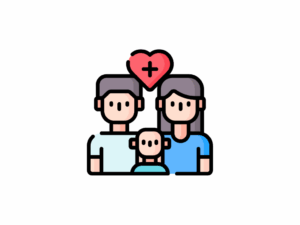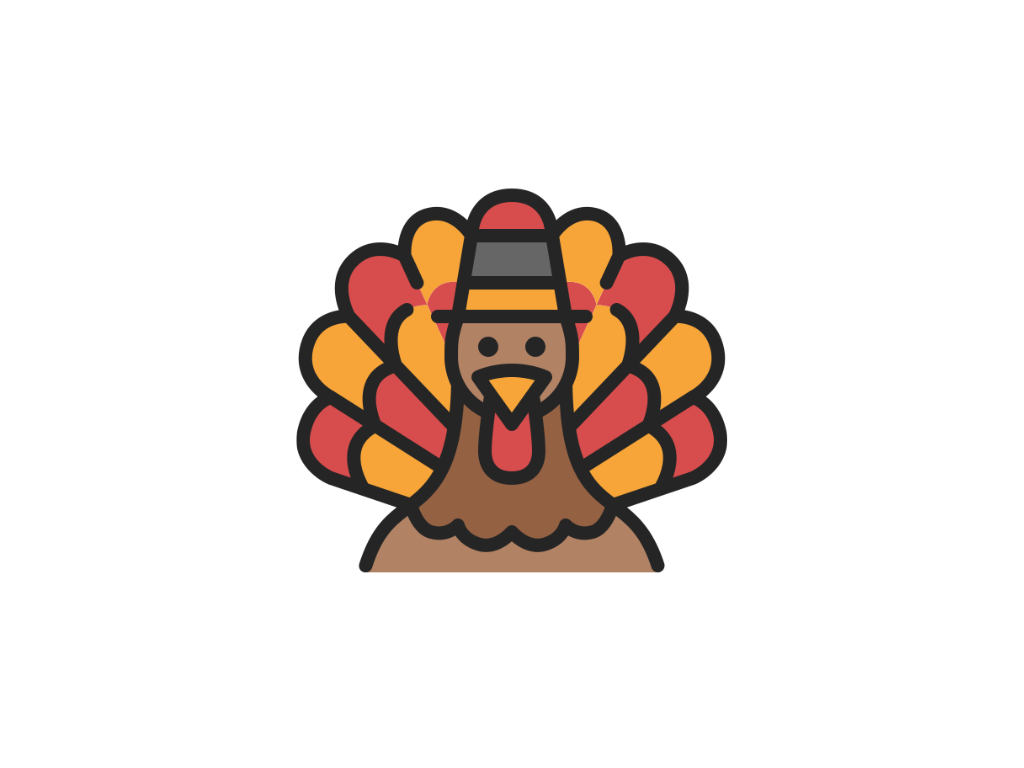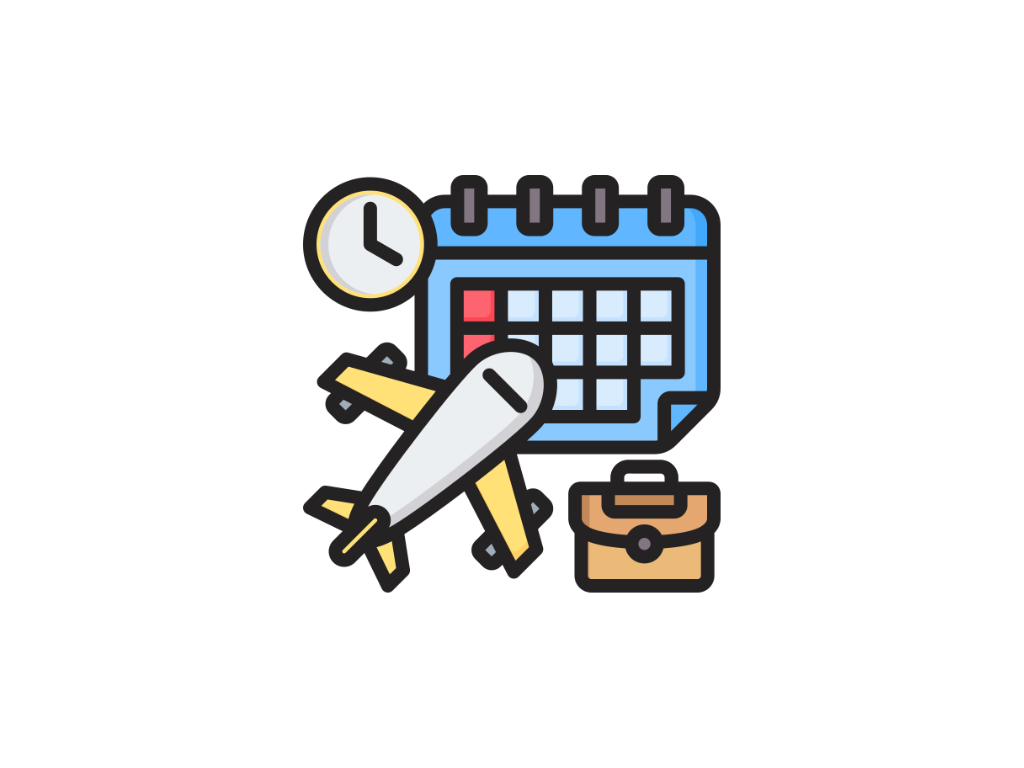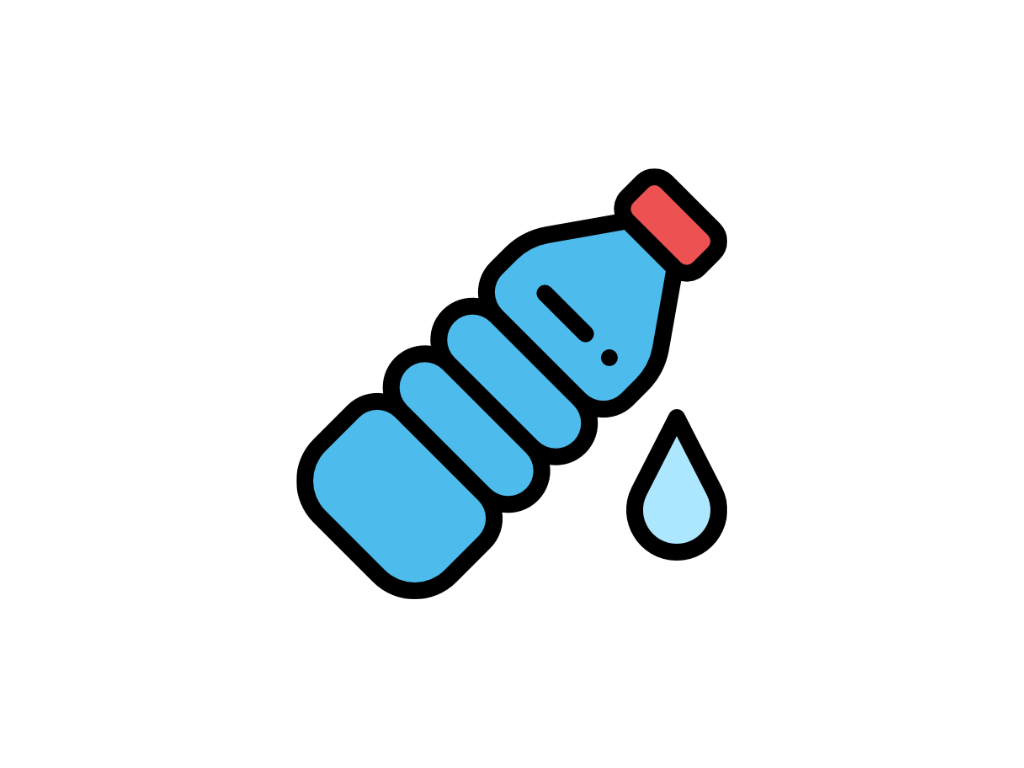Dinner time often feels like surviving instead of thriving. We all want our families to age gracefully—strong bones, clear minds, steady hearts—but the daily hustle (kids’ practices, work emails, errands) makes it hard to eat with intention.
That’s where Ollie comes in. As featured in The Washington Post (in a profile of how households use AI-powered meal planning to reduce decision fatigue) (The Washington Post), Ollie can relieve your mental load while delivering nutritious, longevity-minded meals. In this post, you’ll learn how to plan meals that support healthy aging—across generations—and see exactly how Ollie helps you put it into practice.
Why “aging well” starts with how you eat as a family
What does “eating for healthy aging” really mean?
Good nutrition for aging isn’t about extreme diets—it’s about consistency, nutrient density, and balance that supports growth, repair, and long-term resilience.
As defined by the National Institute on Aging, healthy aging includes maintaining one’s physical, mental, and social well-being over time. (National Institute on Aging) When your meals emphasize lean protein, antioxidants, fiber, healthy fats, and minerals like calcium and vitamin D, you’re giving your body the tools to protect against chronic disease and deterioration.
Families that eat together, consistently, reinforce routines around balance, variety, and moderation. And those routines become habit, becoming the foundation for aging well over decades.
Ollie supports that foundation by planning meals across your household—so parents, kids, and elders eat with intention without hustle, confusion, or extra effort.
What are foods that support brain, heart, and bone health?
What should we eat to protect the brain, heart & bones?
Aim for meals rich in omega-3s, colorful plant foods, lean protein, calcium sources, and limited processed items—those provide direct support to cognition, vascular health, and skeletal strength.
As Harvard explains, proper nutrition “helps keep energy levels up and protects against many age-related illnesses like heart disease and osteoporosis.” (Harvard Health) According to the Edgehill nutrition guide, six key pillars include getting enough calcium and vitamin D, incorporating heart-healthy fats (like omega-3s), eating a rainbow of fruits and vegetables, balancing protein, choosing whole grains, and mindful hydration. (Edgehill Community)
For instance:
- Fatty fish (salmon, mackerel), walnuts, flaxseeds → brain & heart
- Dairy or fortified plant milks, leafy greens, sardines → bones
- Colorful produce → antioxidants & vascular health
When these appear regularly in your family’s rotation—rather than in “special meals”—they build long-term resilience.
Ollie can help by selecting recipes around these core food groups—so you don’t have to micro-manage every plate.
How do I plan meals that support healthy aging for parents?
How can I tailor meals to support my parents (or older adults)?
Focus on nutrient absorption, protein distribution, and gentle variety—because aging changes how we digest, absorb, and metabolize food.
For older adults, MyPlate.gov emphasizes that absorption of vitamin B12 can decline, making fortified foods or supplementation more important. (MyPlate) The body also becomes less efficient at synthesizing vitamin D, calcium, and muscle protein. (MyPlate) Meanwhile, the risk of osteoporosis and heart disease increase, so nutrient timing and consistency help.
Cognitive nutrition guidelines (e.g. from the Center for Older Adults) also note that dehydration, processed food intake, and low micronutrient variety disproportionately damage brain function in older age. (UNT Health Fort Worth)
In practice, that means:
- Spread protein evenly across meals
- Choose foods that are easy to chew/digest but still nutrient-dense
- Use herbs, citrus, texture, and natural seasoning to make meals exciting
- Plan leftovers intentionally for lunches or lighter dinners
Ollie can do this for you automatically: it adjusts recipes to match your older adults preferences while still aiming for variety.
What are family meals that boost brain and bone health?
What do longevity-friendly family meals look like?
Think salmon with spinach and quinoa, lentil soup with kale and almonds, grilled chicken with roasted veggies and whole grains—meals that nourish everyone at once.
You don’t need fancy ingredients to tick brain, heart, and bone checkboxes. The MIND diet (a hybrid of Mediterranean and DASH) is often recommended for cognitive protection; it emphasizes berries, leafy greens, nuts, fish, legumes, and whole grains. (National Institute on Aging)
Pair that with bone-friendly ingredients—dairy or fortified alternatives, tofu, fish with bones—and heart-healthy fats like olive oil and omega-3s—and you’ve got a family plate built for longevity.
When everyone eats the same meal, you maximize efficiency and cohesion. Younger members get solid nutrition, elders get support, and parents don’t feel stretched.
Ollie’s AI recipes are built for just that kind of inclusive lineup: meals that hits multiple goals, with smart ingredient swaps or boosts to match individual needs.
Can a meal planning app help my family eat for longevity?
Will using a meal planning app truly support healthy aging?
Yes—if it’s smart, adaptable, and rooted in real-life family patterns rather than cookie-cutter templates.
Meal planning apps help reduce decision fatigue, cut food waste, and enforce nutritional structure. But generic ones often fail when schedules shift or appetites change. What makes the difference is learning, adaptation, and customization. Ollie falls into this smarter class of AI meal planners.
The Washington Post’s feature of Ollie describes a household that reduced mealtime tension and saved hours each week by simply letting the app suggest—and learn from—the family’s food preferences. (The Washington Post) Over time, it “knows” what works for your crowd.
In other words: it’s not the app that makes longevity—it’s your consistency with better meals. A thoughtful planner just makes it feasible long-term.
How can I build healthy habits that last through every life stage?
What strategies help make healthy eating stick over decades?
Start small, stay consistent, and build routines you’ll actually follow—not idealized ones you’ll abandon.
Here are practical habit hacks:
- Weekly theme nights (Fish Friday, Plant-based Monday) to structure variety
- Leftover planning (cook extra salmon? use for wraps next day)
- Ingredient rotation (swap the type of greens, beans, whole grains)
- Kid/elder input so the meals feel shared, not imposed
- Batch prepping staples (grains, beans, roasted veggies)
- Shared cooking time to bond and teach
- Regular check-ins on preferences or aversions
In doing this, you reduce friction and make healthy eating the default.
Ollie supports habit-building by gradually learning your preferences, adapting to schedule changes, and internalizing your family’s rhythms so over time, you hardly have to think about it.
Frequently Asked Questions (FAQ)
What’s the best meal planning app for long-term health and aging well?
The “best” depends on how well the app learns your family’s tastes, adapts over time, and focuses on whole-food nutrition. Ollie stands out for learning your preferences, adjusting to shifting needs, and grounding plans in long-term well-being.
How do I plan meals that support healthy aging for parents?
Prioritize digestibility, even nutrient distribution, fortified foods, hydration, and gentle variety. Use lean proteins, nutrients like B12, calcium, and antioxidants, and plan leftovers. Let a smart planner like Ollie tailor it automatically.
What are family meals that boost brain and bone health?
Meals centered on oily fish, beans/legumes, dark leafy greens, whole grains, nuts, dairy or fortified alternatives, and colorful produce—like a salmon-quinoa-broccoli bowl or lentil stew with kale and almonds—are ideal for multi-generational support.
Can a meal planning app help my family eat for longevity?
Yes—when it’s AI-powered, adaptive, and rooted in real life. A smart planner can save you time, reduce decision fatigue, minimize waste, and keep meals aligned with your health goals over the long haul.
How can I build healthy habits that last through every life stage?
Use small, consistent strategies: weekly themes, leftover strategies, shared cooking, rotation of favorites, and tweaking rather than overhauling. The goal is to make healthy eating feel natural—not forced.
The Rhythm of Family Dinners
You don’t have to reinvent your whole routine to feed your family for longevity. With steady ingredients, small habits, and consistency, you build health that lasts. And you don’t have to carry that burden alone—Ollie is built to help you plan smart meals, adapt as lives change, and steady the rhythm of family dinners where everyone eats well.
Because nourishing your loved ones—and your own future—should feel rewarding, not stressful. Make dinner a moment, not a panic.
Ollie automates the hardest parts of meal planning — from generating recipes to organizing grocery lists — so families can focus on enjoying dinner together.




